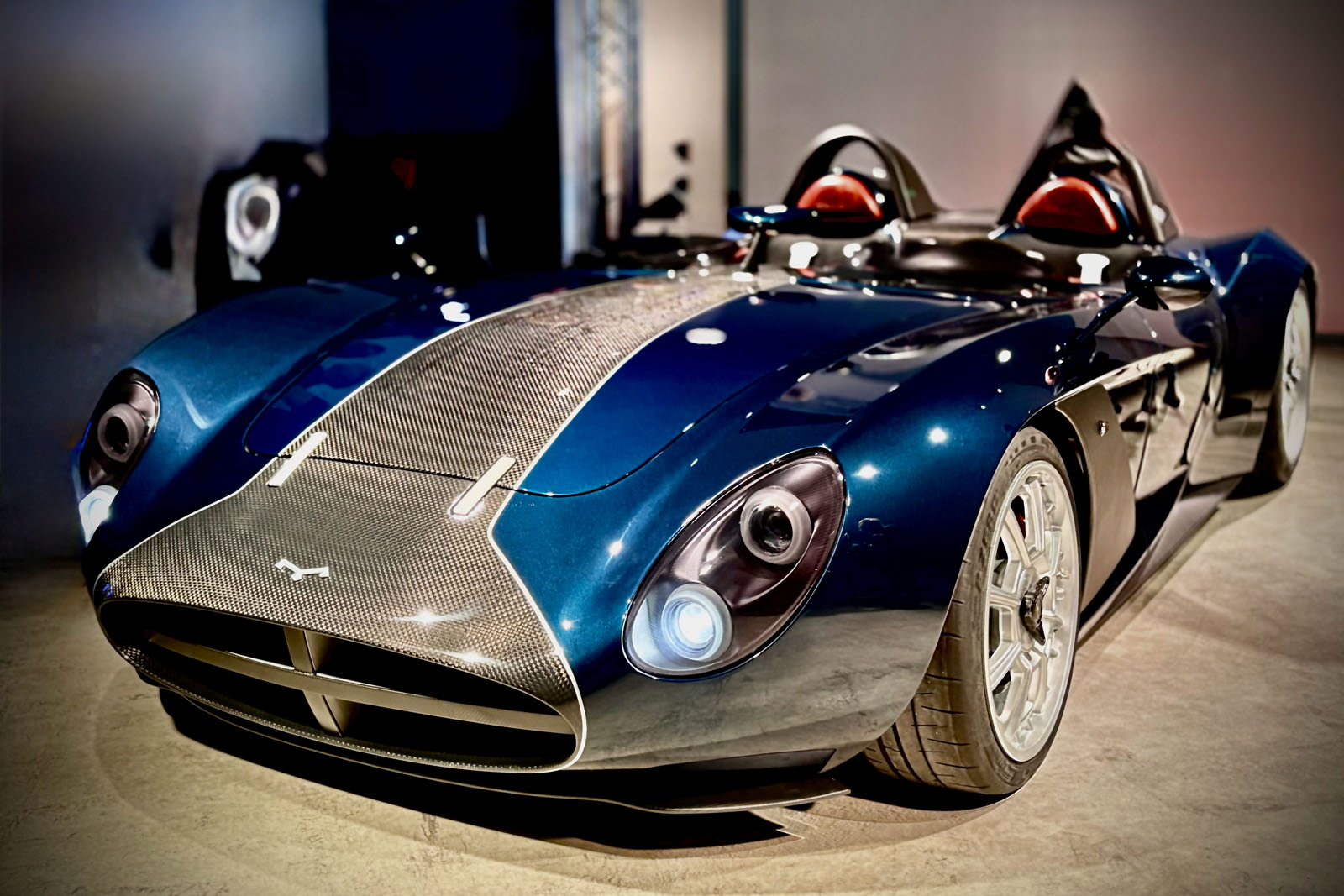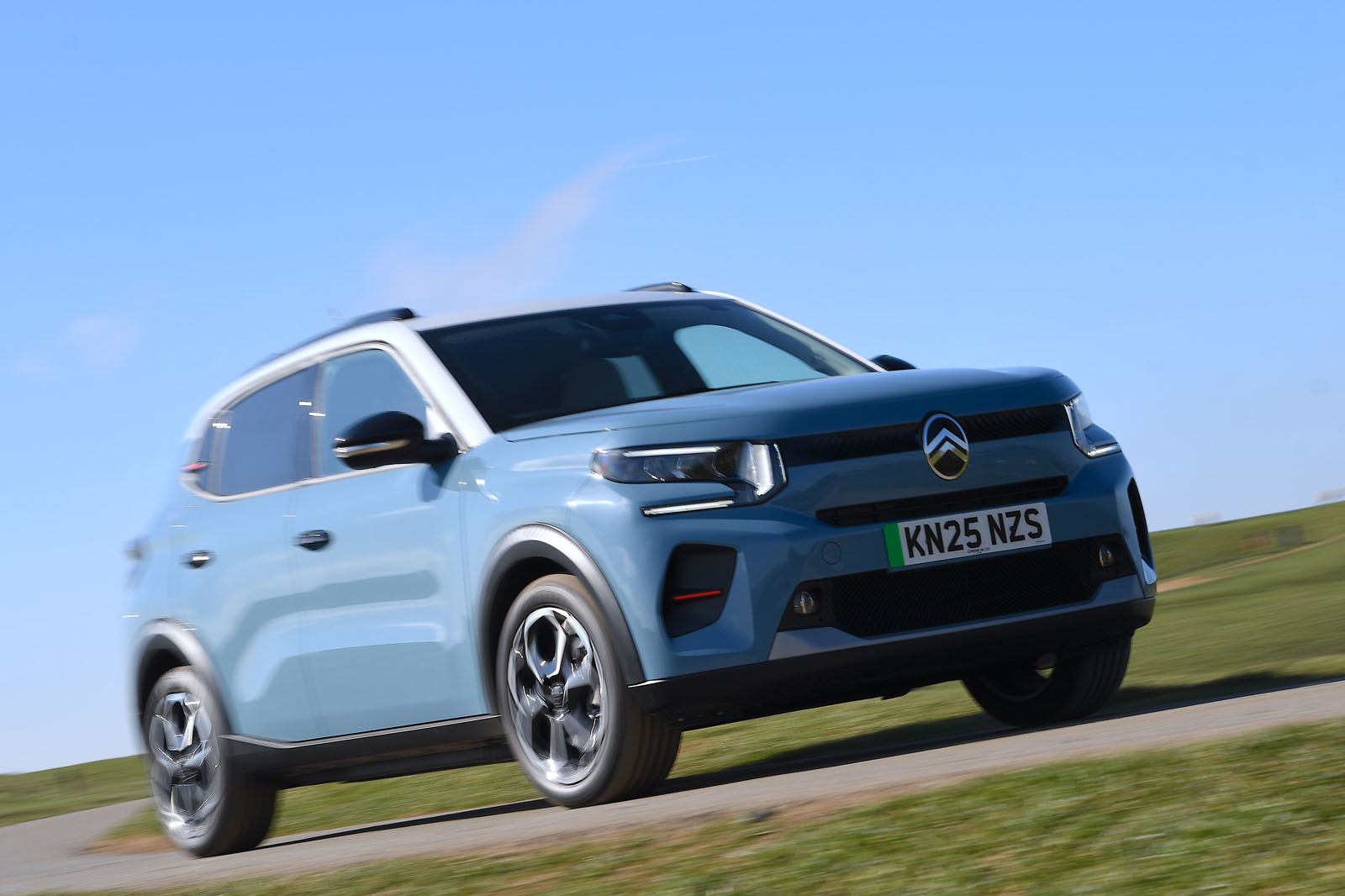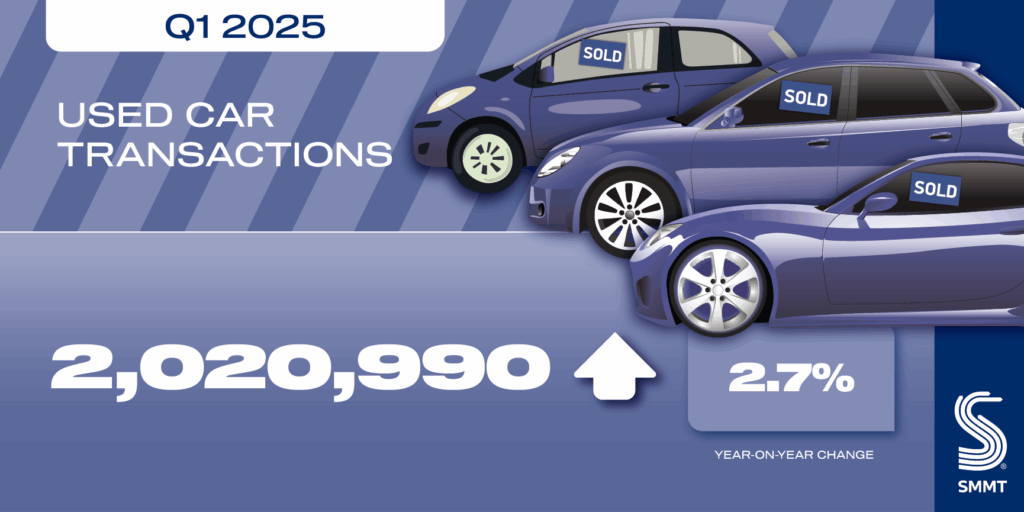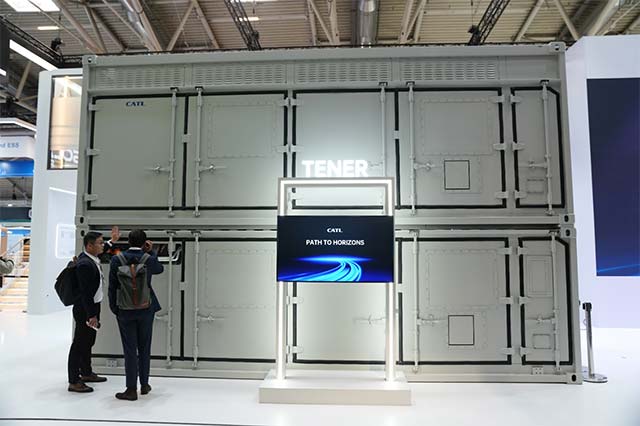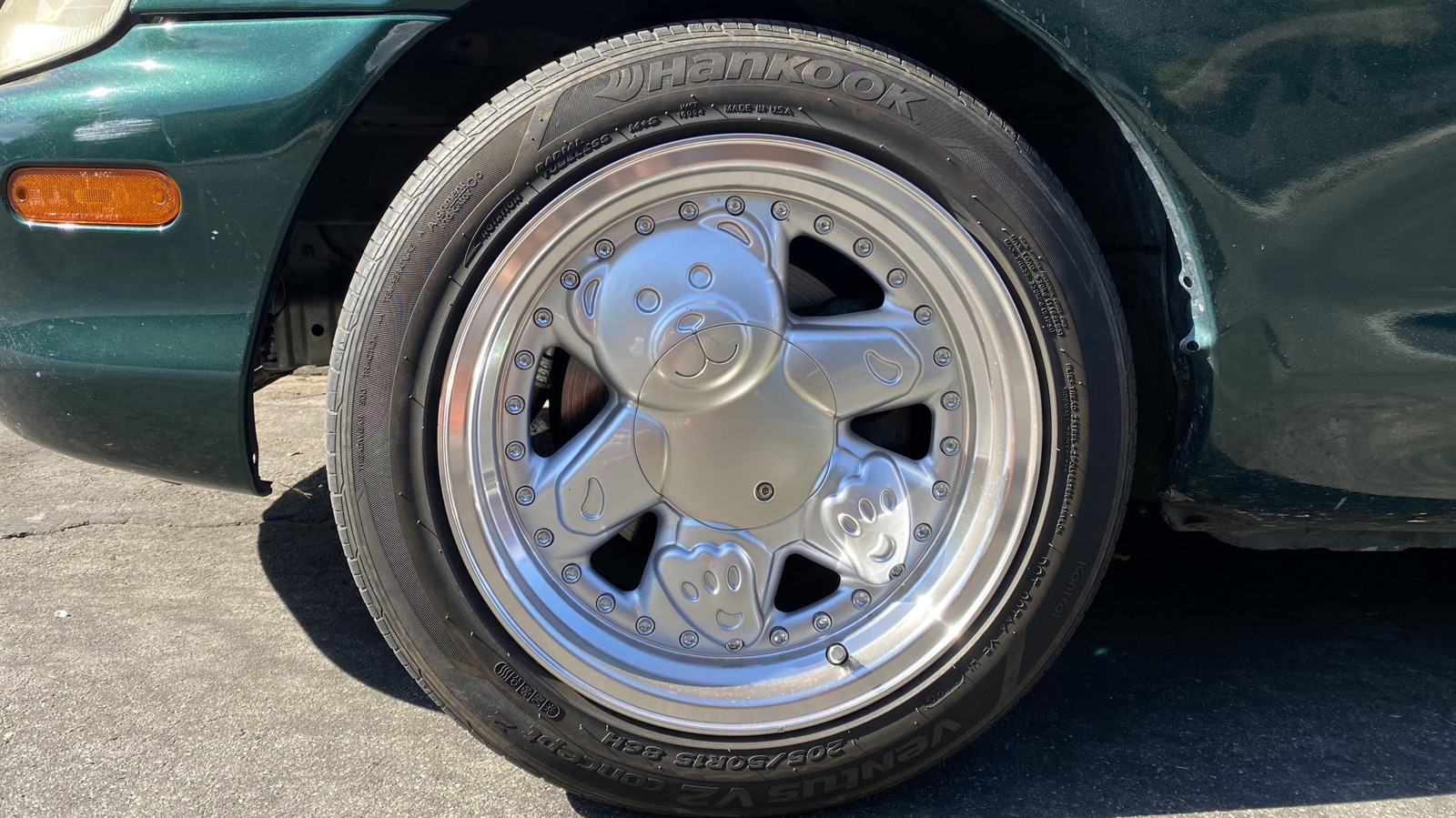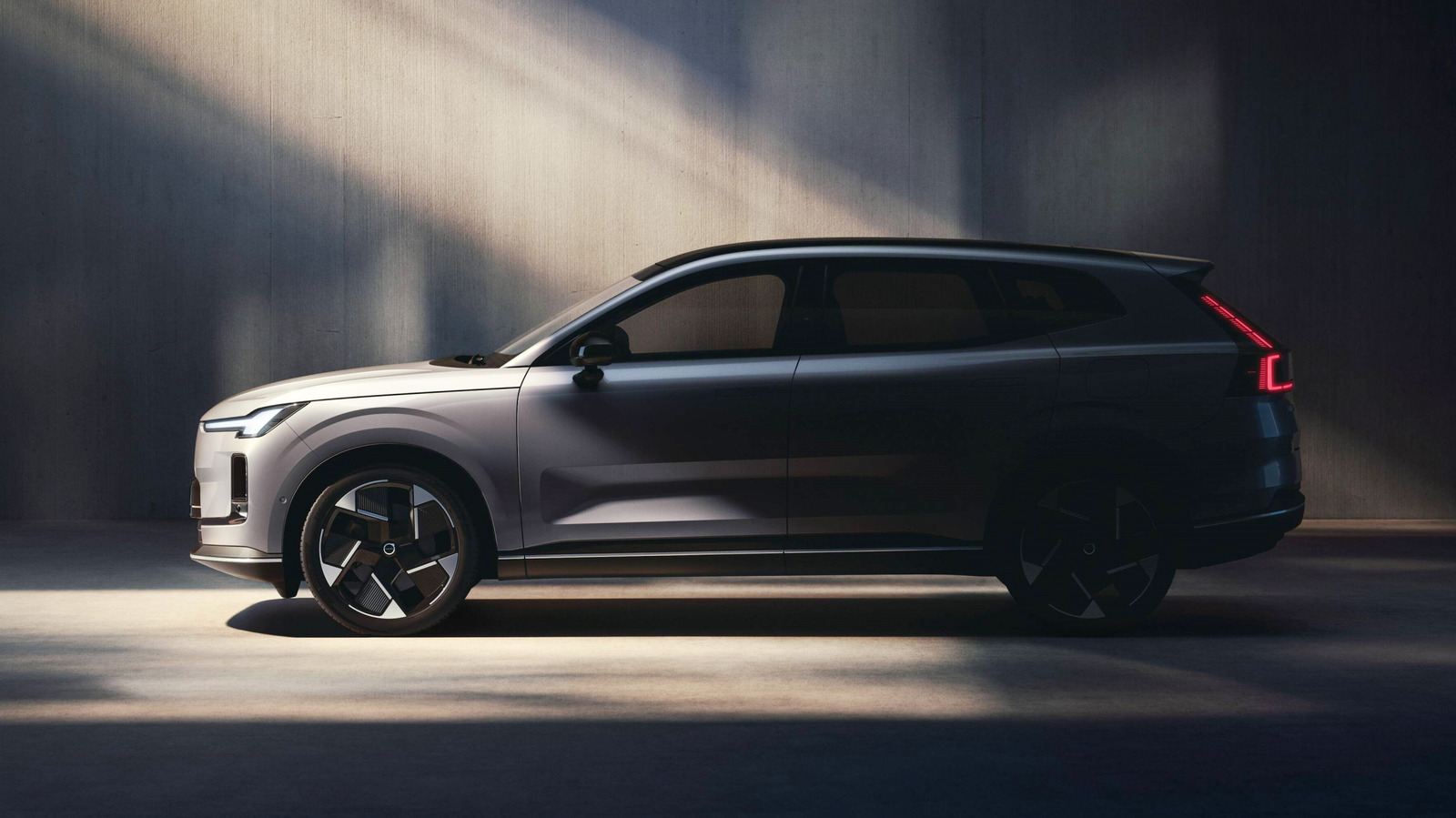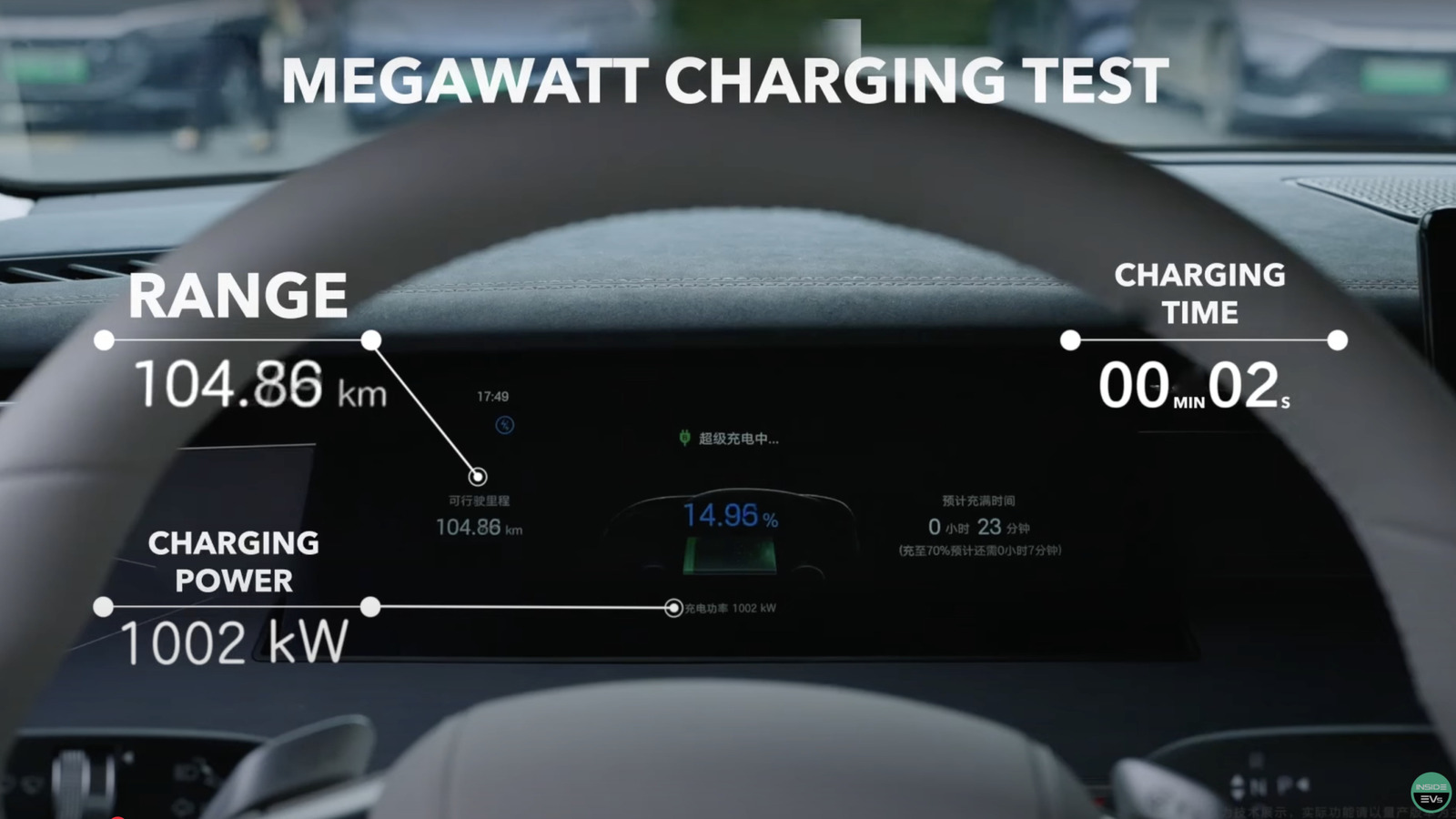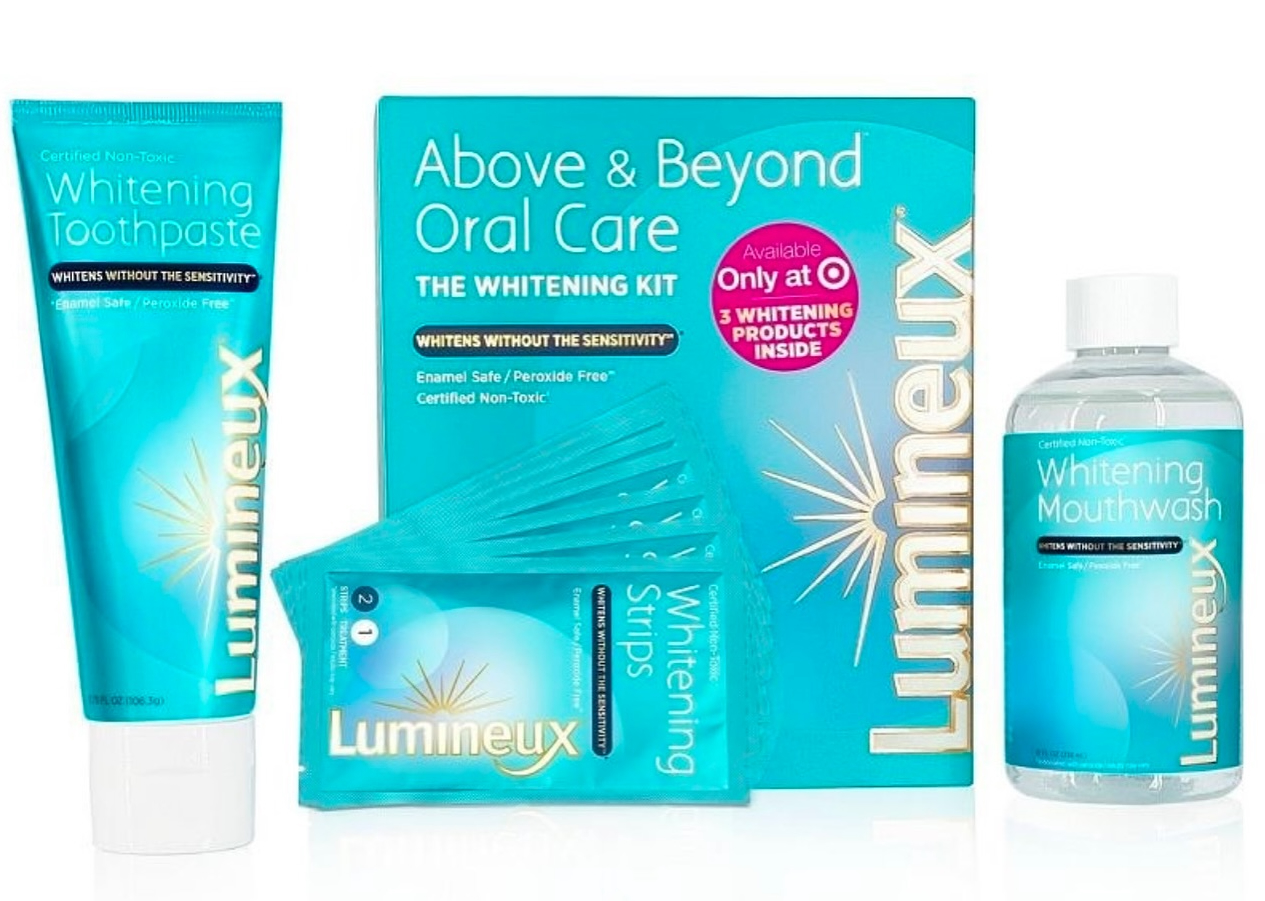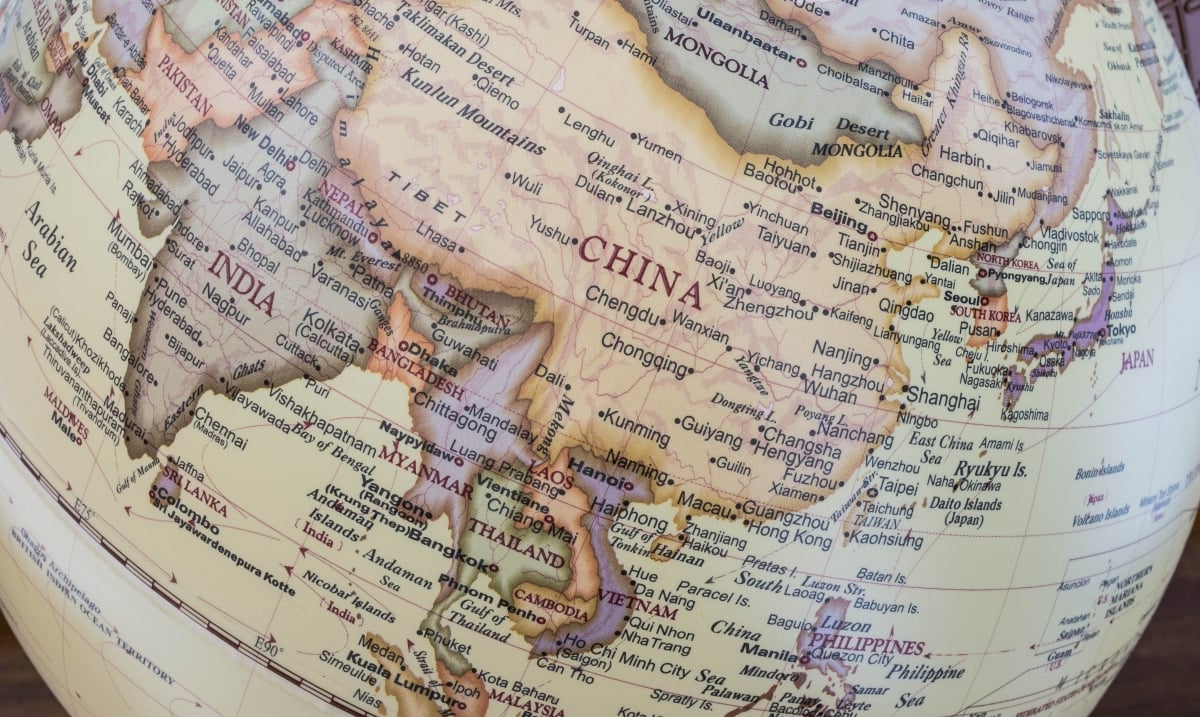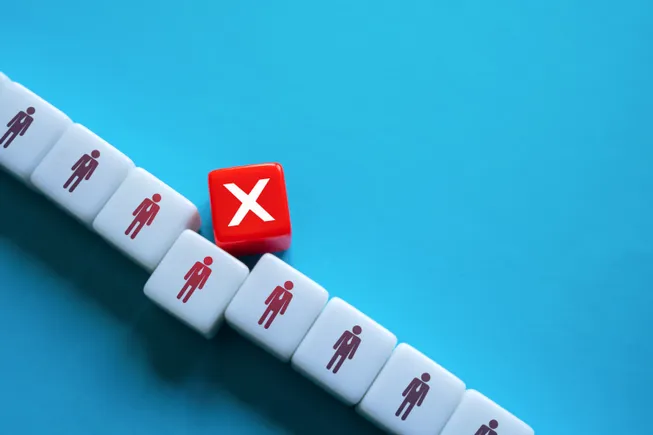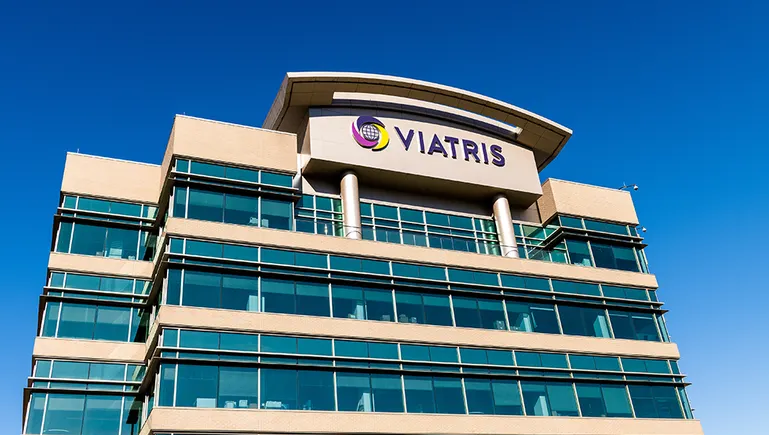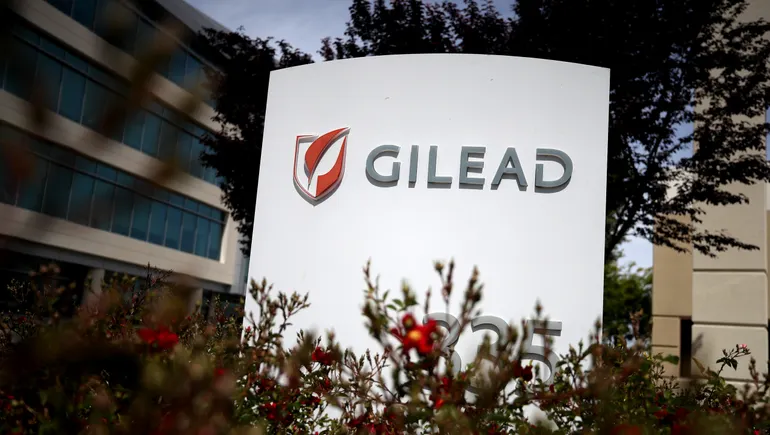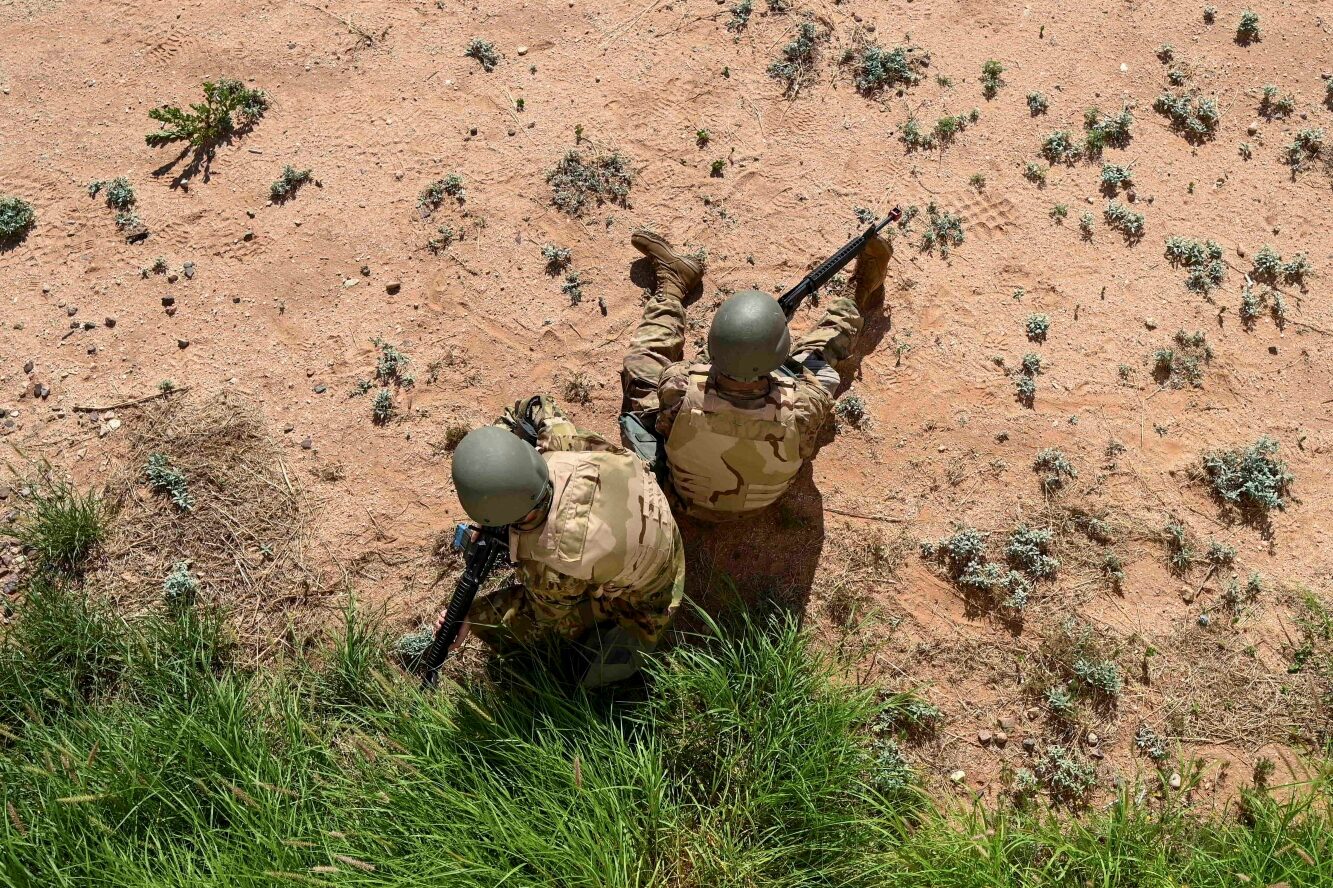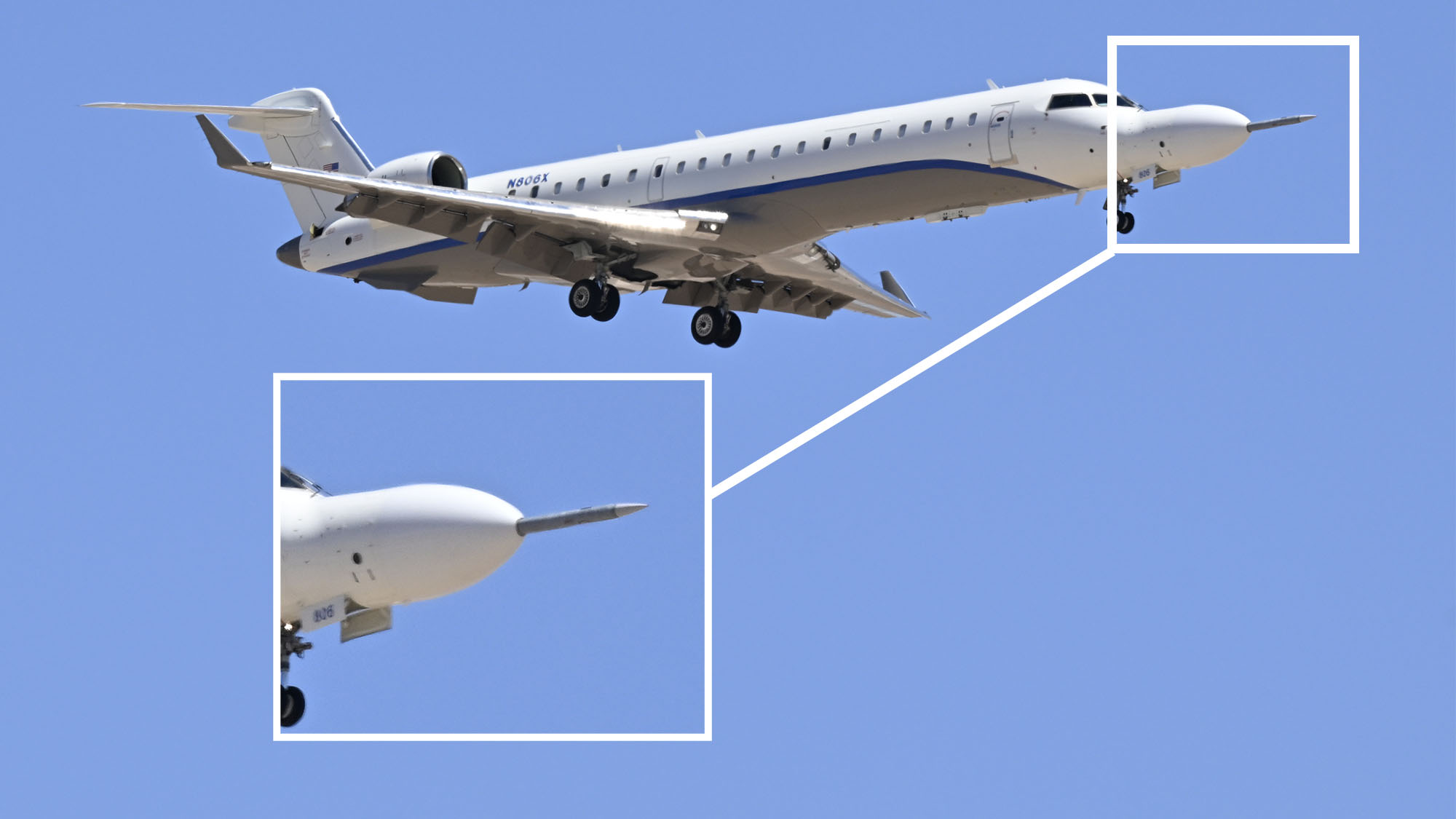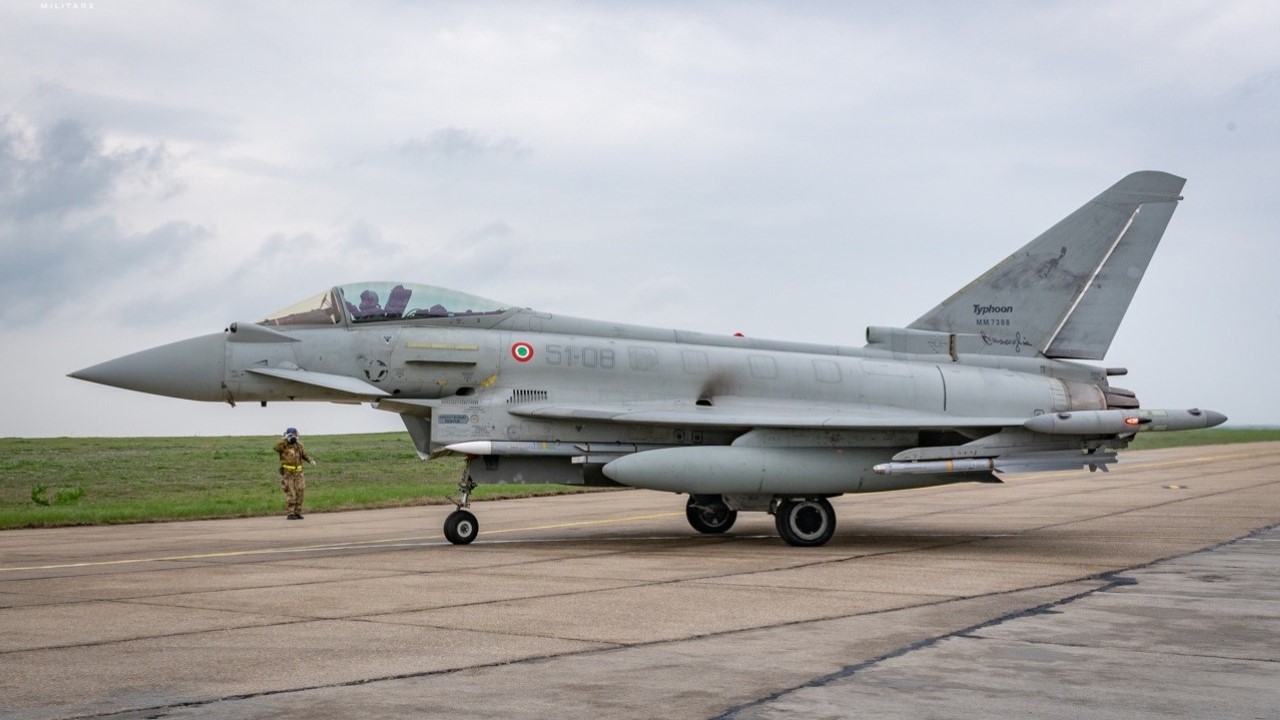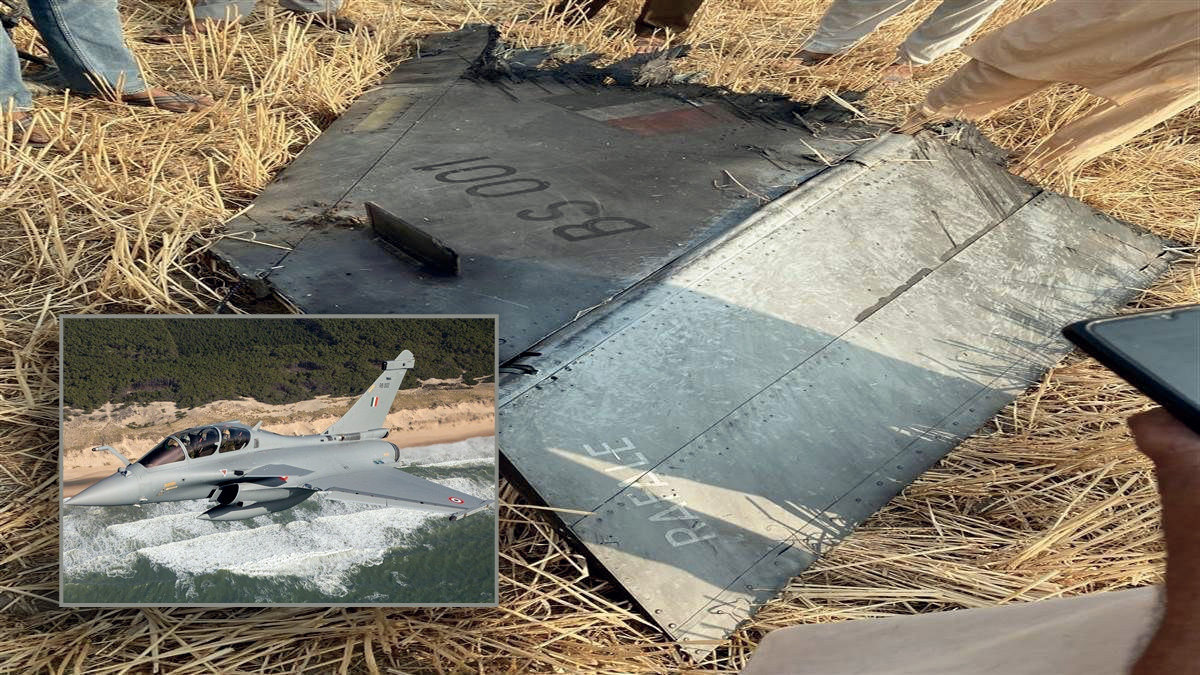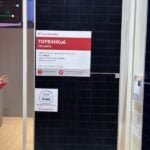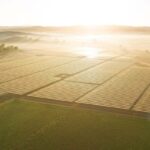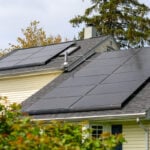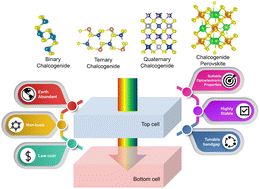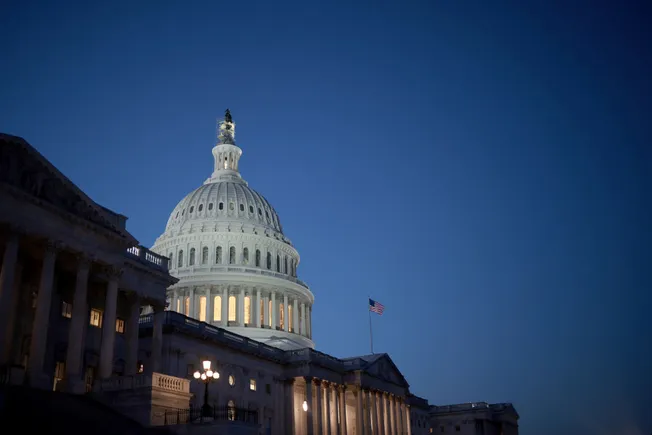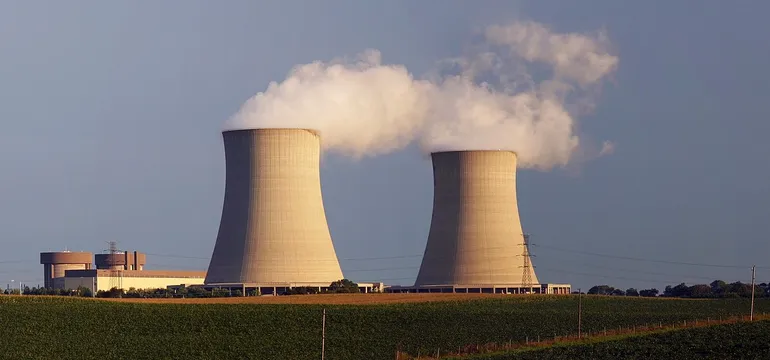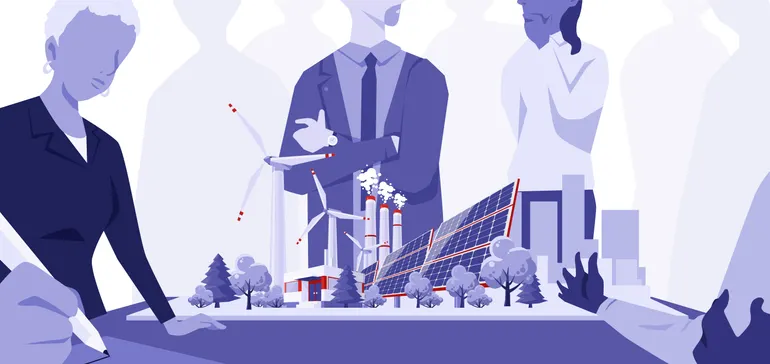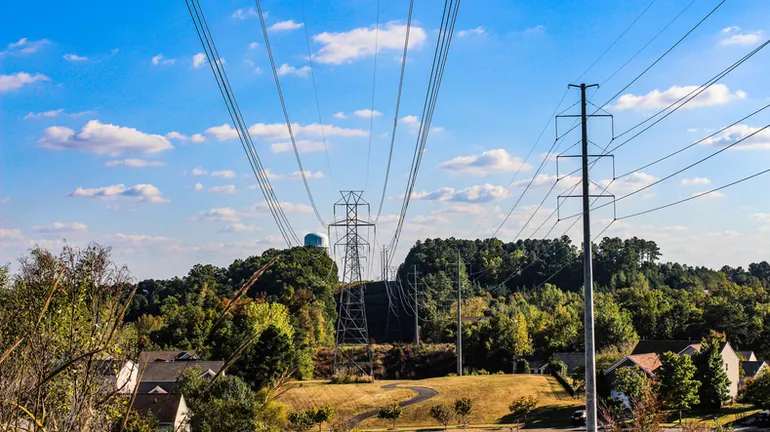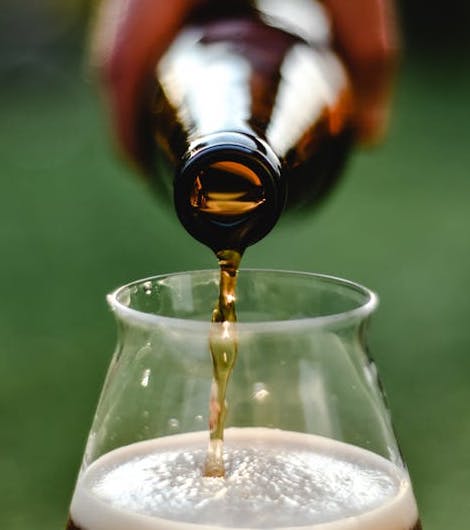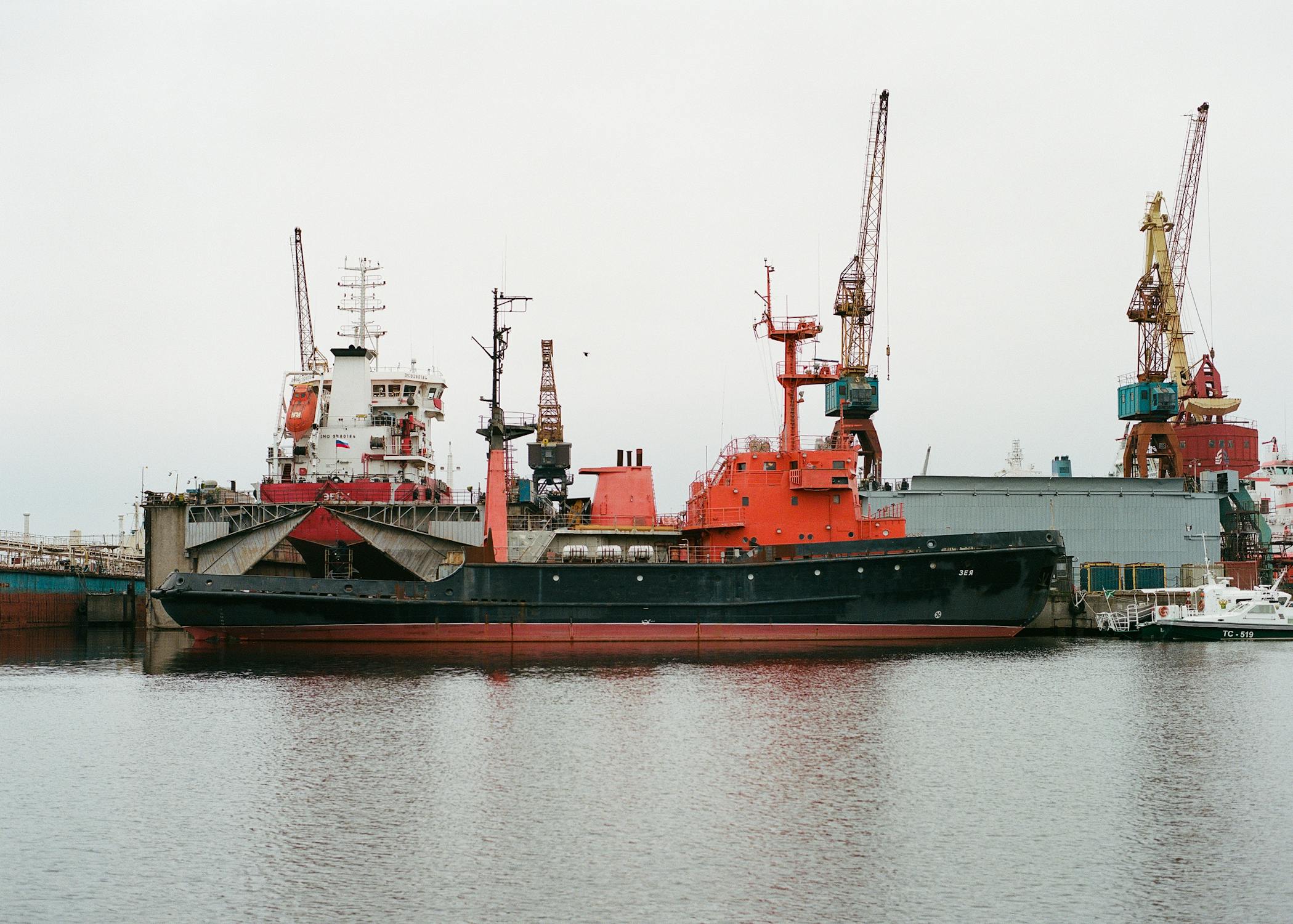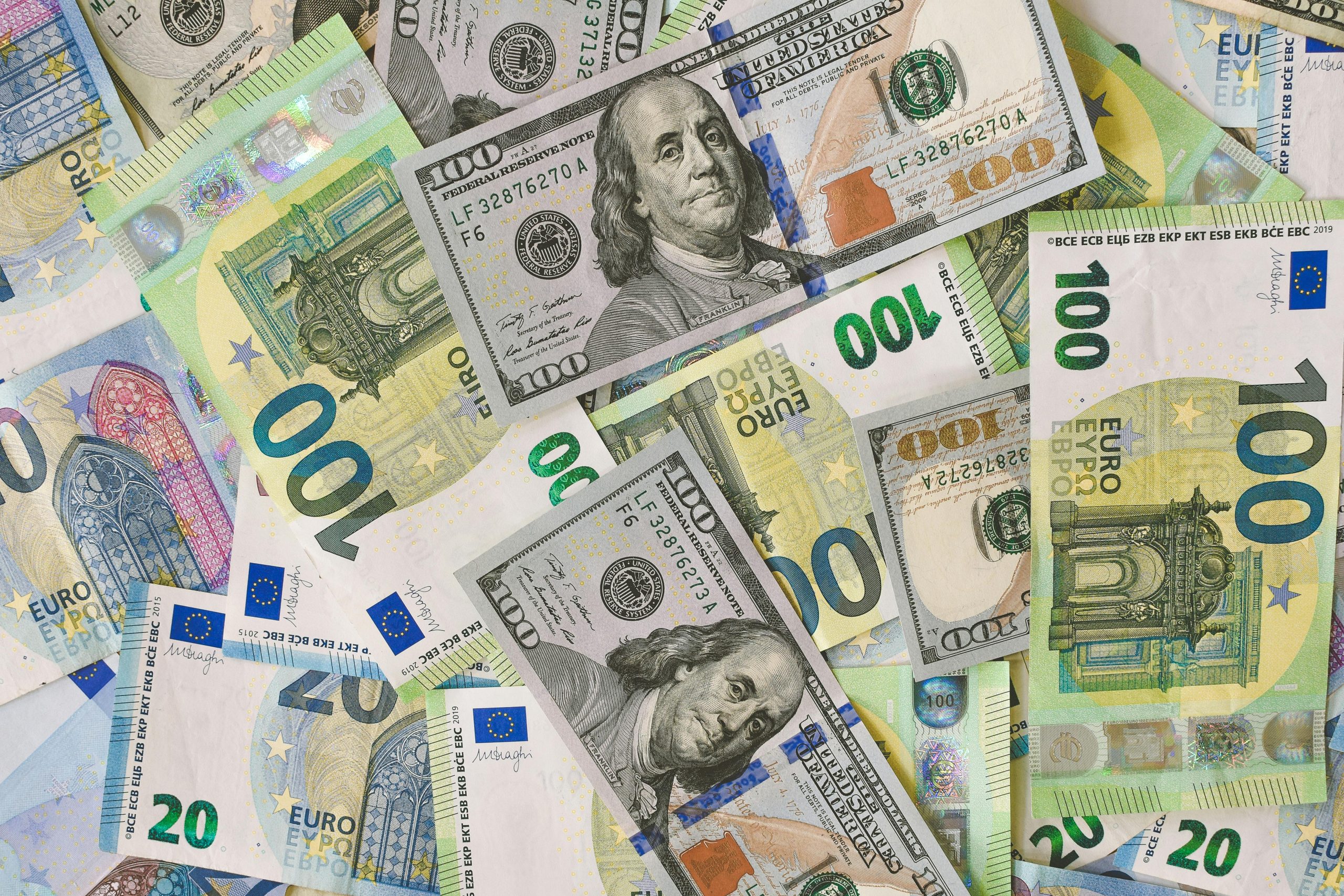Although Chianti Classico is world-renowned for its Sangiovese, the region is also capable of producing characterful Chardonnay. Louis Thomas discovers how one estate has spent the last four decades honing its production of this white variety.
Situated in the west of Chianti Classico, Isole e Olena's 56 hectares of vineyards are surrounded by five times that area in forest, a factor which technical director Emanuele Reolon pointed to when describing what makes the estate special: "There is no one vineyard of Isole e Olena touching the vineyard of another estate due to the forest, which gives us full control of the estate, and a unique terroir – different trees surround each vineyard. Isole e Olena is not a winery, it is a vineyard!"
Although Reolon's winemaking CV is certainly impressive, with a stint at fellow Chianti Classico producer Casale dello Sparviero and a decade working in Romania under his belt, as well as a year with Gruppo Italiano Vini, he is quick to praise what he inherited from ex-proprietor Paolo de Marchi, who left in 2023.
Site selection
Alongside the Chianti Classico and the Super Tuscan Cepparello, another of De Marchi's projects which has been continued under Reolon is the production of Chardonnay.
However, De Marchi's own interest in creating a white wine actually stemmed from the problem posed by excessive plantings of another variety.
"Paolo started to make Chardonnay because he didn't know what to do with the Trebbiano, so he decided to use a lower percentage of Trebbiano in the Chianti Classico according to the old recipe," said Reolon.
The old Chianti Classico production regulations demanded a minimum of 15% Trebbiano, though calculated by vineyard area, not by proportion of the blend. In reality, given Trebbiano Toscano's high yields, that 15% by area would constitute a much greater percentage of the final wine.
"It was mandatory to use 15%, he had enough to cover 30%, but he wanted to use the excess, so he made a white wine. He wasn't happy with the Trebbiano white wine he made, so he added Chardonnay, grafting it onto the Trebbiano. The first vintage, in 1987, was outstanding, so he took the Trebbiano out. Today, 3ha out of the 6ha are the original."
The 6ha Chardonnay vineyard is located in Olena (Isole e Olena takes its name from the two hamlets it straddles), with an altitude range of 400 to 450 metres above sea level and a northern exposure, providing the vines shelter from the intense Tuscan sun.
The latter decision seems remarkably prescient, given that it was made before climate change was on the mind of every Italian viticulturist.
“Even at that time it was important to keep acidity and freshness for whites,” explained brand director Eleonora Guerini. “Paolo has always been a person able to deeply understand his vineyards.”
Another wise decision concerned the soils De Marchi chose for his Chardonnay.
“In Olena we have gallestro, and in the specific place where the Chardonnay is planted there is more calcareous content, giving more minerality and saltiness,” Reolon revealed.
Isole e Olena produces around 20,000 bottles of its Chardonnay each year. Reolon added that the specific nature of this terroir does put dampeners on any plans to grow more of the variety: “We just have 6ha as we don't have any other place with the same conditions.”
Rolling with it
It was the 2023 Chardonnay which was presented during this week’s press lunch, a vintage which Reolon quipped “was difficult, but there aren’t easy ones anymore”.
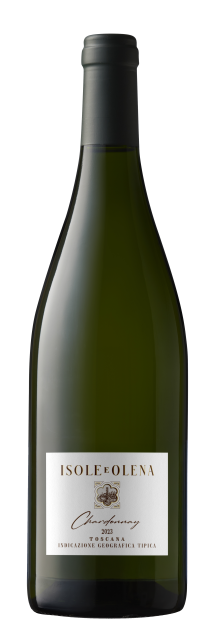
“It was difficult in Tuscany in general because it was really rainy in spring and early summer. There was a lot of rain at once, so it was very difficult to take care of the vineyard, but we were able to manage properly – we had good maturation of the Chardonnay.”
The conditions of the growing season were factored into how the 2023 was handled in the cellar. After fermentation in 228 litre barriques (one third new, one third second use and one third on its third use), there was no malolactic conversion due to the wine’s lower acidity.
“We decided to maintain it [the malic acid] and keep the freshness of the fruit,” remarked Reolon.
By contrast, 10% of the 2024 vintage, due to be bottled this summer, did undergo malolactic conversion.
“We don’t have rules at Isole e Olena – Paolo taught us not to follow a recipe, but to act according to the needs of the vintage. In 2024 we had better acidity, better pH,” Reolon added.
One winemaking decision which remained the same in both 2023 and 2024 was the use of roulage, or rolling of the barrel, to mix the wine and the lees after a few months of battonage. The logic for undertaking roulage after lees stirring is to prevent excessive exposure to oxygen, which can occur if the barrique is opened too frequently.
“Mixing it with the fine lees gives softness, and doing it through roulage helps to preserve the primary fruit characteristics,” said Reolon, who was keen to note that turning each barrel by hand three times a week is not easy work.
Ageing potential
Although the 2023 makes for very pleasant drinking now, with its saltiness and firm acidity hiding a rather high 14.5% ABV, the crucial question is how it will hold up on your wine rack.
To demonstrate how the Chardonnay might age, a 2013 Chardonnay was poured alongside. Undeniably wearing its years, with its deep golden colour and honey and hazelnut-laden nose, it nevertheless was still recognisably from the same lineage as its much younger brother.
"2013 is a vintage we really love, unfortunately we only have a few bottles,” shared Guerini. “For me, it's the demonstration that with the right application, we can obtain a great Chardonnay for the long term. We really want to have the same result with the 2023.”
Reolon added that “the average” vintage of the Chardonnay is not quite of this quality (which may explain why there are so few bottles of the 2013 left), but described “saltiness” as a common thread found in each year’s production.
Trouble on the horizon?
While a north-facing vineyard and limestone-rich soil help in that all-important task of preserving “freshness”, climate change is not so much a spectre for the Tuscan wine industry as a fledgling horror, bringing with it extreme weather which threatens the harvests of even the most-prepared producers.
Although Reolon’s calm, personable demeanour might not show it, he did confess to experiencing “sleepless nights” over the question of whether Chardonnay might not have long left in its haven in Olena: “I'm worried everyday! We are a very committed team, trying to obtain the best Chardonnay every year, so everyday we act according to the weather.”
“But we are worried – in 20 years we have lost two weeks of maturation, now we're trying to gain a week back: it would be great to pick Chardonnay on 5 September, but it depends on the vintage,” he shared. “Pruning and canopy management are key – we start to prune Chardonnay when it has already started to bud to slow down the vigour, and after that we try to regulate the canopy.”
The best tool Isole e Olena has in its arsenal for dealing with this challenge is the proactivity of its team: “If it's too rainy, we cannot just close our eyes and pray!”
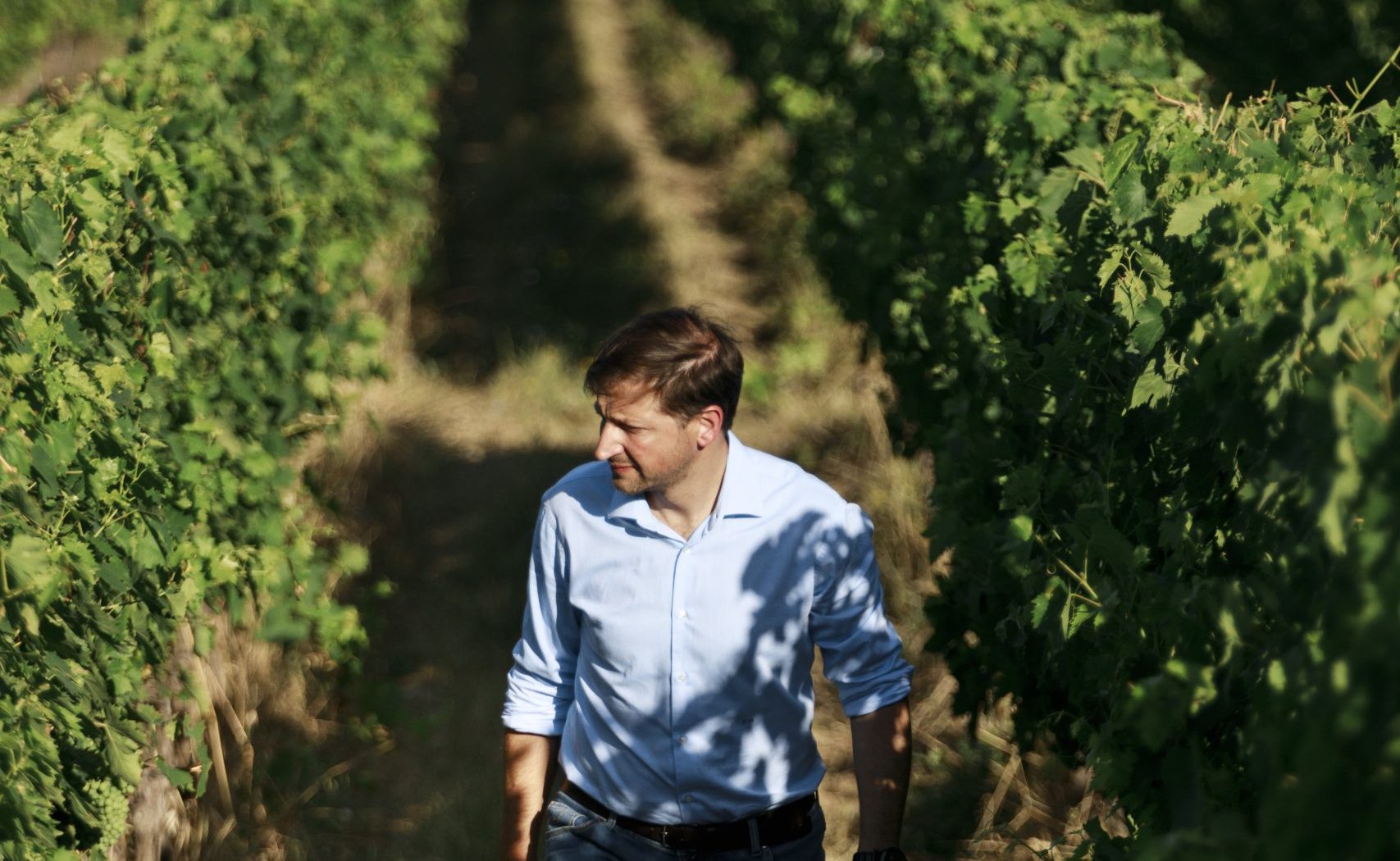
 “It was difficult in Tuscany in general because it was really rainy in spring and early summer. There was a lot of rain at once, so it was very difficult to take care of the vineyard, but we were able to manage properly – we had good maturation of the Chardonnay.”
The conditions of the growing season were factored into how the 2023 was handled in the cellar. After fermentation in 228 litre barriques (one third new, one third second use and one third on its third use), there was no malolactic conversion due to the wine’s lower acidity.
“We decided to maintain it [the malic acid] and keep the freshness of the fruit,” remarked Reolon.
By contrast, 10% of the 2024 vintage, due to be bottled this summer, did undergo malolactic conversion.
“We don’t have rules at Isole e Olena – Paolo taught us not to follow a recipe, but to act according to the needs of the vintage. In 2024 we had better acidity, better pH,” Reolon added.
One winemaking decision which remained the same in both 2023 and 2024 was the use of roulage, or rolling of the barrel, to mix the wine and the lees after a few months of battonage. The logic for undertaking roulage after lees stirring is to prevent excessive exposure to oxygen, which can occur if the barrique is opened too frequently.
“Mixing it with the fine lees gives softness, and doing it through roulage helps to preserve the primary fruit characteristics,” said Reolon, who was keen to note that turning each barrel by hand three times a week is not easy work.
“It was difficult in Tuscany in general because it was really rainy in spring and early summer. There was a lot of rain at once, so it was very difficult to take care of the vineyard, but we were able to manage properly – we had good maturation of the Chardonnay.”
The conditions of the growing season were factored into how the 2023 was handled in the cellar. After fermentation in 228 litre barriques (one third new, one third second use and one third on its third use), there was no malolactic conversion due to the wine’s lower acidity.
“We decided to maintain it [the malic acid] and keep the freshness of the fruit,” remarked Reolon.
By contrast, 10% of the 2024 vintage, due to be bottled this summer, did undergo malolactic conversion.
“We don’t have rules at Isole e Olena – Paolo taught us not to follow a recipe, but to act according to the needs of the vintage. In 2024 we had better acidity, better pH,” Reolon added.
One winemaking decision which remained the same in both 2023 and 2024 was the use of roulage, or rolling of the barrel, to mix the wine and the lees after a few months of battonage. The logic for undertaking roulage after lees stirring is to prevent excessive exposure to oxygen, which can occur if the barrique is opened too frequently.
“Mixing it with the fine lees gives softness, and doing it through roulage helps to preserve the primary fruit characteristics,” said Reolon, who was keen to note that turning each barrel by hand three times a week is not easy work.















